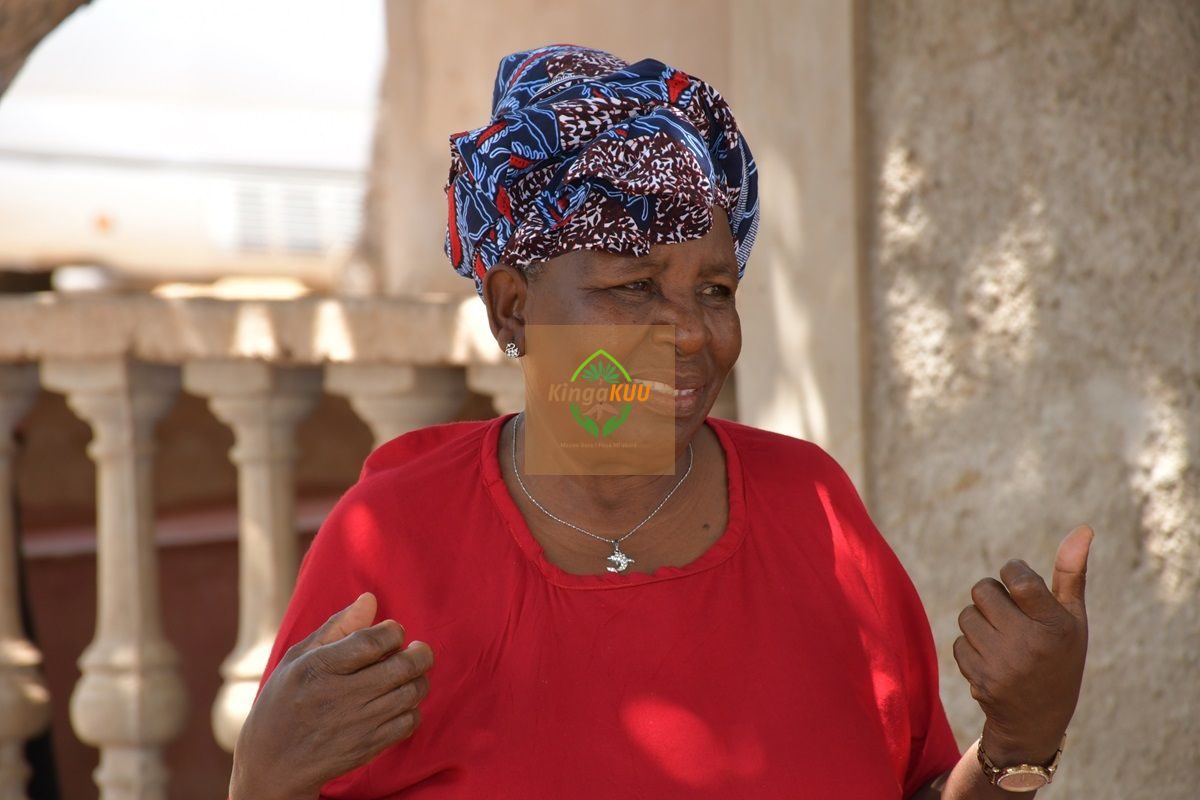In Mikingirini, a small village of Kilifi County, coastal Kenya, Patience Dhahabu is engaging locals who have visited her to buy cassava. It is time to harvest her 4-acre sprawl of the crop which, alongside maize, is the local staple.
Ms Dhahabu is a seasoned cassava farmer. Every season since 2010, she makes sure that her 4-acre piece of land has a crop. Sometimes, the market is good. Other times, Ms Dhahabu has to make do with the little returns she makes, especially when everyone else seems to have had a robust harvest and the demand is low.
This is because her main market is the walk-in, local customers.
This year, she is lucky. A cassava seed shortage last year meant that very few farmers had a crop in the field, and so a considerable slump in supply means her crop is in higher demand.
Since 2021, Ms Dhahabu has planted Tajirika, a seed variety that was a marked improvement from the traditional, conventional Kabandameno.
“Kabandameno is our traditional seed, and that is what we found our parents growing. But it is easily taken down by Cassava Brown Streak Disease (CBSD), and we end up having to uproot a lot of the crop,” she says. Tajirika introduced stronger tolerance to CBSD, and therefore a higher yield.
Apart from being prone to pest and disease attacks, the traditional cassava could not withstand drought and in a relatively dry Kilifi offered meagre returns.
With every new variety, Ms Dhahabu says, the crop takes shorter periods to mature. There are only two concerns for her, though.
“There is a notable variation in taste and the locals oftentimes will prefer the Kabandameno to Tajirika,” she says. “The bigger problem, however, is accessing markets.” Relying on walk-in customers, she says, has led to losses as part of the crop that is mature for harvesting goes to waste. The farmers are not able to store the crop yet and so harvest is spontaneous, depending on available customers at any moment.
With the coming varieties, which will increase yields, she hopes there will be factories that can buy from the farmers in bulk and with good pricing.
Ms Dhahabu appreciates Tajirika, with significantly fewer crops in her farm affected by the cassava brown streak disease, and hence fewer uprooted.
She was part of the ISAAA-AfriCenter led team that visited the biotech cassava trial site at KALRO-Mtwapa to see yet newer varieties which are at national performance trials and therefore yet to be released to farmers. She expresses excitement at the prospect of farming these varieties, derived from CBSD-resistant cassava line 4046, dubbed KingaKUU.
“This is going to give us more commercial value, and so we cannot wait,” she says. “A variety that provides durable protection against CBSD and higher yields is every farmer’s dream. I am excited to see how they perform in my farm; they could be the varieties to help our community break out of poverty” she added. “I am excited that I will get to serve my community as a Cassava Seed Entrepreneur by providing clean KingaKUU planting material in the near future!”


